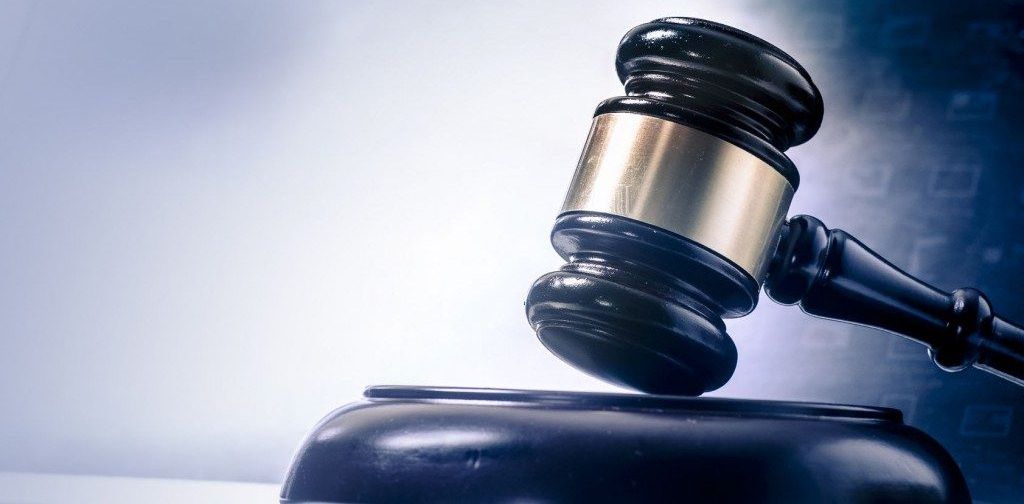It’s one thing to add botanically derived terpenes to your vape cartridges or infused products, but to extract highly volatile terpenes from cannabis requires a deft hand and attention to detail.
“The extraction of terpenes is not just a science, it’s an art,” said Jay Spall, lead extractor for San Diego-based Cannabiniers.
Spall uses a steam generator to extract the terpene molecules that have a high vapor pressure, meaning a low boiling point, to keep the molecules intact.
“They are very delicate molecules,” he added.
This method works for another reason: After the terpene extraction process, the cannabis can be dried, then extracted again for cannabinoids, including THC or CBD.
No Harsh Chemicals, Temperatures
Spall has been perfecting his method of cannabis extraction for about 10 years, drawing on a background in chemistry and biochemistry at the University of California, San Diego.
He quickly learned that his process must be gentle, because terpenes are fragile.
“You cannot use harsh chemicals,” he said. “You cannot use harsh temperatures.”
Terpenes are hydrocarbons, which means they’re volatile and will start to break down if heated. When they begin to break down they emit a foul odor, which will affect the flavor, smell and effect.
During extraction for THC, it’s common to smell bad aromas wafting from the cannabis.
“That’s usually the terpenes breaking down,” according to Spall.
At Cannabiniers, employees work with all types of cannabis flower, including plants grown indoors, outdoors or in a greenhouse.
Amber Hue is Key
But the most important characteristic is that the flower has a lot of trichomes, the crystals on the cannabis flower that generate terpenes.
Because terpenes help the cannabis plant to defend against pests and UV rays, some outdoor-grown plants have terpenes that are difficult to find in indoor plants. However, some indoor grows have lights that replicate outdoor conditions and lead to better, more diverse terpene content.
Spall prefers to work with freshly cut, frozen flower. He avoids cured cannabis because during the curing process the terpenes will break down and evaporate.
The ideal time to extract flower for terpenes, Spall said, is when the once-clear trichomes have begun to turn cloudy and slightly amber.
“You can never get it fully perfect, because it happens in a transition,” he added. “You get 5% or 20% amber. The timing is very difficult.”
To improve his processes, Spall will communicate with his cultivators to give them feedback about their end product.
“Talking to the grower and the breeder to get a special plant that has a higher terpene content is a good starting point,” he said.
But Spall believes there aren’t particular strains that offer better terpenes.
“I see value in all strains and the composition of terpenes it has,” Spall said.
Terp-Infused Brews
Much of what Spall extracts ends up in beer brewed by Two Roots Brewing in San Diego.
Kevin Barnes, the master brewer at Two Roots, uses cannabis terpenes to complement the terpenes that exist in hops. By introducing the cannabis terpenes, he can create flavor complexities not available with hops alone. (It should be noted, however, that the U.S. Alcohol and Tobacco Tax and Trade Bureau has blown the whistle on brews containing cannabis terpenes, including those produced by two Florida brewers.)
Both hops and some strains of cannabis contain the terpene myrcene, which gives off herbal and citrus notes commonly associated with hoppy beers such as India Pale Ales.
“The main point of doing this is showing the synergism of hops and cannabis and how closely related they are,” Barnes said.
When Barnes gets the terpenes from Spall, they’re similar to essential oils. Barnes adds the terpenes at the end of the brewing process to give the beer a bright, fresh hop character. He needs “very little terpenes” to make it work.
Two Roots Brewing is making two main products:
- Beer with the alcohol removed, then THC or CBD and terpenes added.
- Alcoholic beer with botanically derived terpenes added.
Most of the beer will at first be available only at dispensaries. Barnes also hopes to have CBD products that can be sold in natural food stores. Plus, the brewery plans to sell its full-alcohol beer infused with botanically derived terpenes in liquor stores and bars.
“It’s a pretty cool business model,” he said.
Barnes said adding terpenes doesn’t increase cost of production too much, because the brewery can use smaller quantities of hops.
“It sort of balances,” he noted.




